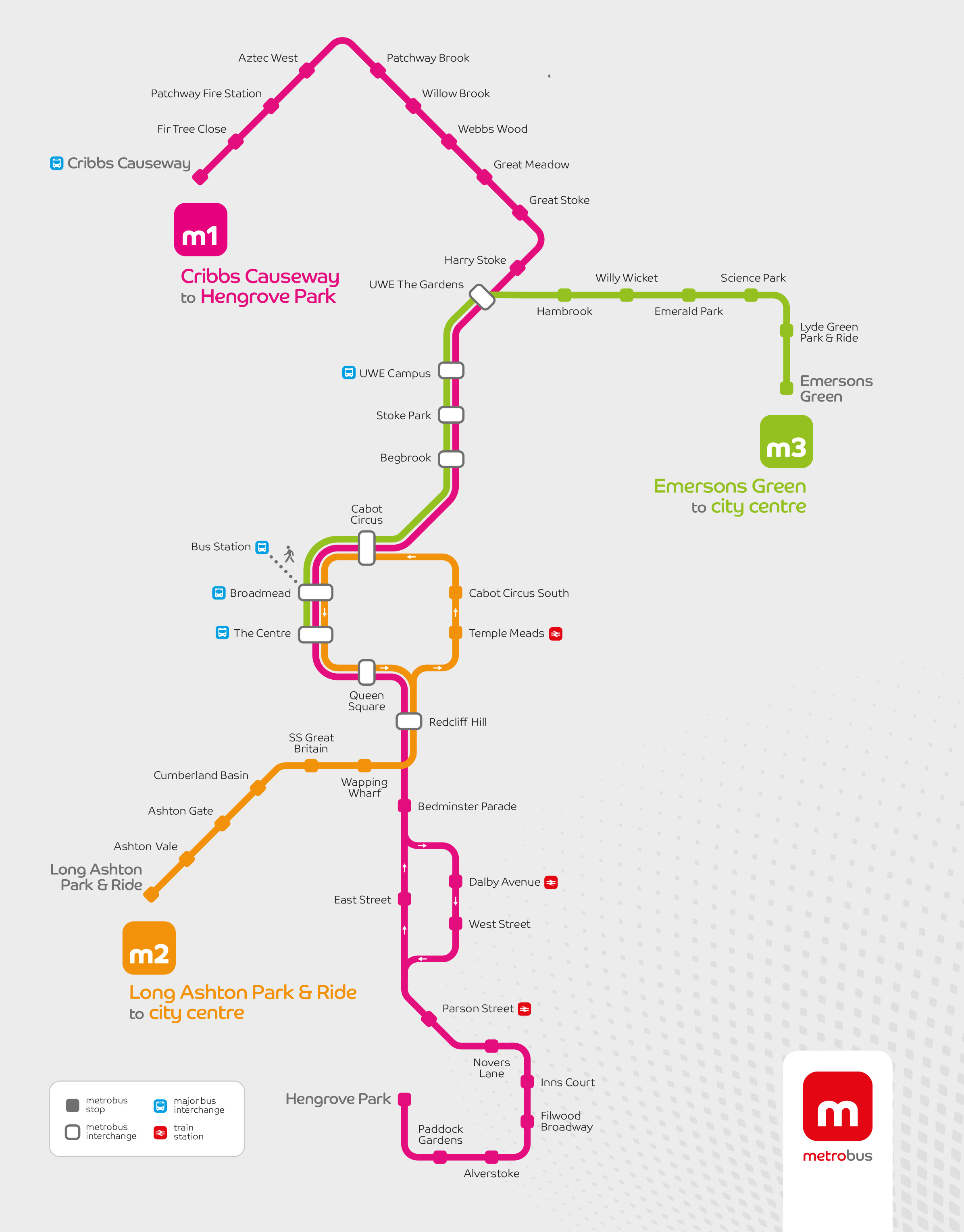

In 2010, the Scheme was reviewed and adjusted with new routes and names in addition to newly proposed lines.

Instead of using numbers as the lines official designation, as typically used in other mainland Chinese metro systems, lines would be given Chinese names more akin to the Hong Kong MTR. On April 23, 2008, Shenzhen Municipal Planning Bureau announced that it would change the nomenclature of Shenzhen's subway lines according to the "2007 Urban Rail Transit Plan Scheme".

The Futian Checkpoint station opened on 28 June 2007 using the name Huanggang. Initially the English names of the stations were rendered in Hanyu Pinyin, but some of the names were changed to English translation with American spelling in mid-2011. Initially the trains operated at 15-minute frequencies and consisted of Line 1 services between Luohu and Shijie Zhi Chuang (now Window of the World) and the Line 4 services between Fumin and Shaonian Gong (now Children's Palace). This made Shenzhen the seventh city in mainland China to have a subway after Beijing, Tianjin, Shanghai, Guangzhou, Dalian and Wuhan. The grand opening of the Shenzhen Metro system occurred at 5:00pm on Tuesday, December 28, 2004. By April 1999, the subway project feasibility study report has been approved by the state.Ĭonstruction of the first sections of Line 1 and Line 4 began in 1999. In July 1998, SZMC (Shenzhen Metro Group). The project was renamed the "Shenzhen Metro first phase". In 1997, Shenzhen reapplied its Subway plans to the State Planning Commission, and received approval in May 1998. In 1996, prior to the handover of Hong Kong, authorities attempted to restart construction by renaming the project "The Luohu, Huanggang / Lok Ma Chau border crossing passenger rail connection project", stressing that the project is designed to meet the potential growing demand for cross-border passenger traffic after the handover. The Shenzhen Metro project was postponed. In December 1995, the State Council issued the "moratorium on approval of urban rapid transit projects" to suspend approval of rail transit projects in all Chinese cities except Beijing, Shanghai, and Guangzhou. This plan established the basic framework for the Shenzhen Metro network. The three upgraded commuter rail lines would overlap the Guangzhou–Shenzhen railway, Pinghu–Nanshan railway and Pingyan railway. The total length of the proposed network would be about 270 km. Of the nine transit lines, three of them would be commuter rail lines upgraded from existing national mainline railways. The city's vision for an urban rail network would consists of nine lines. In 1994, Shenzhen organized the preparation of the "Shenzhen urban rail network master plan" to be incorporated into the "Shenzhen City Master Plan (1996–2010)". The rapid growth of Shenzhen City made a lower capacity light metro line impractical. In August 1992, during and re-feasibility and rail network planning, The Shenzhen Municipal Government decided to move from building a light metro line to a heavy rail subway line. The project was finally approved by the Central Planning Department in 1992. Instead the report proposed a heavy rail subway line to be built along Shennan Avenue. In 1984, the "Shenzhen Special Economic Zone Master Plan (1985–2000)" pointed out that, with the growing population and traffic in Shenzhen, a light metro system would not have sufficient capacity to meet future demand. Upon returning it was decided that 30 meters on each side of Shennan Avenue should be protected as a green belt, and to set aside a 16-meter wide median reserved for a light rail or light metro line. In late 1983, Party Secretary of Shenzhen Mayor Liang Xiang led a team to Singapore to study its mass transit system. Partial: Antuo Hill ↔ Tai'an/ Xili↔ Tai'anĪirport North ↔ Convention & Exhibition CityĮvolution of the Shenzhen metro Early planning Partial: Songgang ↔ Fenghuang Town/ Science Museum↔ Fenghuang Town Line 1 and Line 4 run to the border crossings between the Shenzhen Special Economic Zone and the Hong Kong Special Administrative Region at Luohu/ Lo Wu and Futian Checkpoint/ Lok Ma Chau, where riders can transfer to Hong Kong's MTR East Rail line for travel onwards to Hong Kong. 6 Station facilities, amenities and servicesĬurrently the network has 411 kilometres (255 miles) of route, operating on 11 lines with 283 stations.2.2 Construction suspended and restarted.


 0 kommentar(er)
0 kommentar(er)
